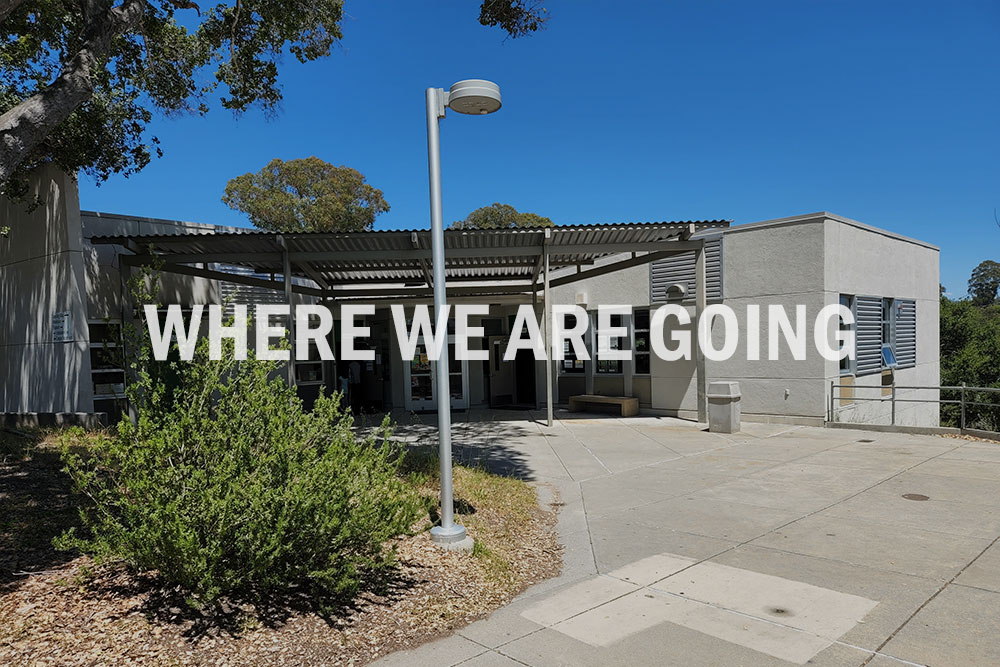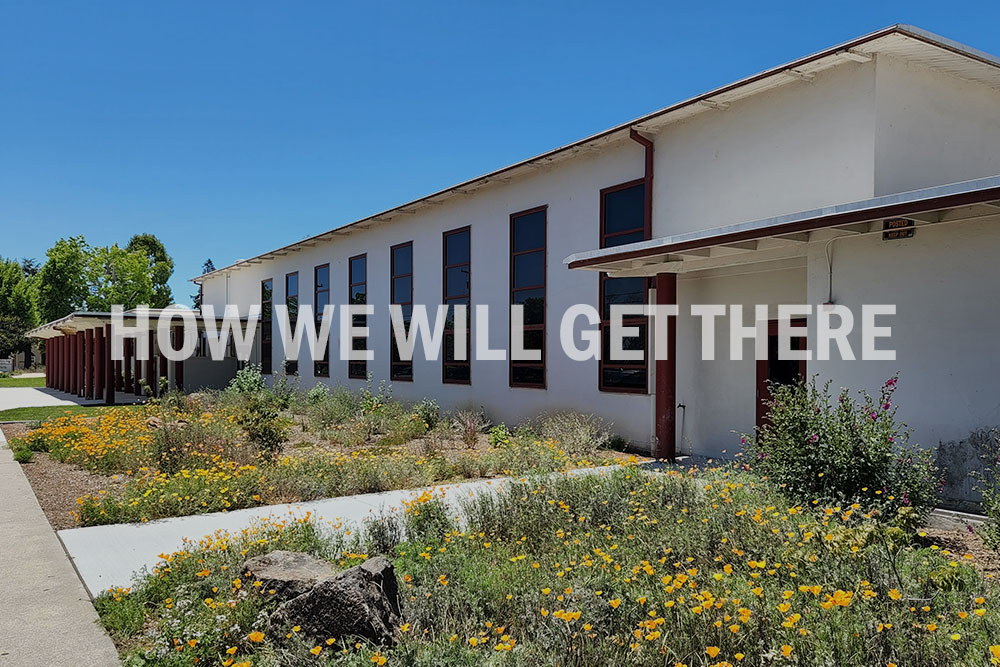At the master planning stage, cost estimating is grounded in industry standard unit costs. The unit costs established for new construction,
modernization, and site improvements included within the FMPU are a result of a collaborative effort by SCCS’s team of design professional consultants. These median unit costs were developed from a data base of literally millions of square feet of similar project scope and experience.
Project cost estimates differ from construction cost estimates. Hard construction costs include the actual ‘brick and mortar’ costs for the contemplated improvements along with a reasonable multiplier for the contractor’s administration, overhead, etc. Soft costs are in addition to hard construction costs and generally include design, plan review, inspection, and agency fees. Here again, industry standard multipliers are used. These soft costs, in addition to the hard construction costs make up the Total Project Cost. SCCS FMPU used actual contractor costs for labor, materials, bonds, insurance, general conditions, overhead and profit based on costs in June 2022. The Soft cost equal to 20% of the construction costs plus contingency cost. This includes DSA fees, testing and inspection costs, Inspector costs, architect/engineering fees, miscellaneous agency fees, legal fees and printing, and travel expenses.
Thanks to the passage of General Obligation Bond Measures A and B by the Santa Cruz communities, numerous upgrades have been accomplished at all school sites across the district. As you review the Facility Master Plan Update, all projects shown on the Current Master Plans that have been recently completed or are in progress have been funded by Measures A and B. All projects identified on the Proposed Future Master Plans will be funded by future district Bonds.
Contingency planning is as much an art as a science. Contingency factors typically shrink as projects evolve through design, final drawings, permitting, bidding, and construction. They are the highest at the master planning stage. In this earliest of diagrammatic stages there is much still to be known about each project’s scope, budget, and schedule. Rather than carrying this factor as a distinct line item, the contingency factor included in the SCCS FMPU is equal to 10% of the construction cost. This is to account for unforeseen conditions and additional scope of work which may arise based on the preliminary nature of the estimate.
Escalation may be the most difficult aspect of assigning costs at the master planning level. Escalation, or inflation, is tied to time. The design/construction industry uses the mid-point of construction as the standard when preparing hard bids and estimates. However, with a master plan it is difficult to assign a particular year to each particular project without first developing a hard and fast implementation plan (project timeline). The SCCS FMPU does not include such an implementation plan. Actual amount of escalation is dependent on when project is constructed and economy and will vary greatly. It is advised to include a 20% escalation contingency on overall program wide costs.This then means that earlier projects will be less impacted by escalation whereas later projects will be more impacted.





